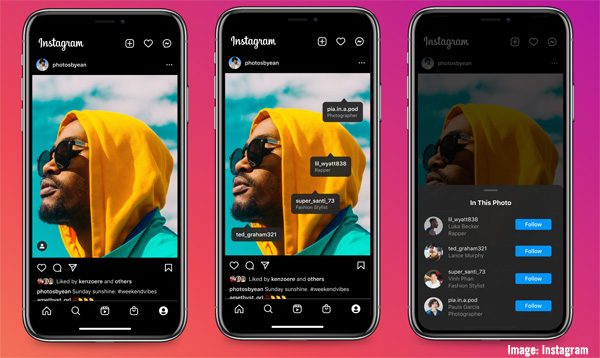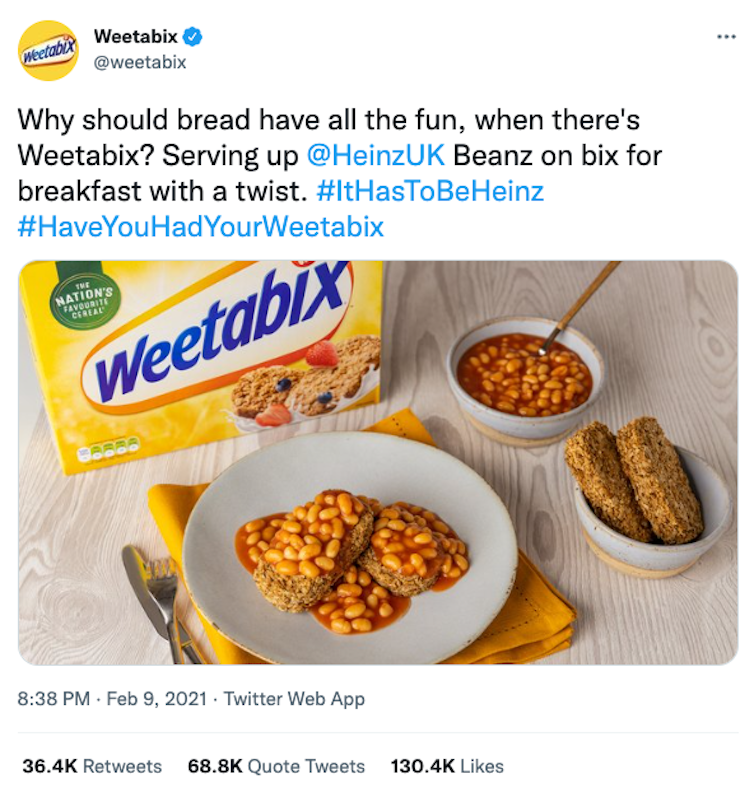Sourced from BOSS Magazine
Social media is an essential tool for any budding entrepreneur to connect with their audience. Platforms like Twitter, Instagram, TikTok, and YouTube offer unique methods of marketing to engage your audience and show off your brand’s identity. But if you’re a social media newbie or have only used social media for personal reasons, you might want to conduct research before delving into the world of social media marketing. In some ways, social media marketing for business and pleasure do share some similarities.
When we curate an online identity for ourselves, we create our own personal brand. We choose images and videos that present our best selves to our friends and family. When marketing their business on social media, many entrepreneurs make the mistake of over-promoting themselves or creating ads with too much text. Social media is an image and video-driven advertising tool and each platform requires a different promotional format. Furthermore, while our personal social media accounts represent our best or ideal selves, business accounts may benefit from emphasizing their authenticity. As author and social media expert Paul Gillin says, “Transparency may be the most disruptive and far-reaching innovation to come out of social media.”
Depending on their age, social media users may react to online advertisements differently, but most social media users have become accustomed to a constant stream of fake news and overexaggerated advertising. That’s why presenting a unique and authentic brand identity while also capitalizing on social media trends and tags will help your business stand out in a flood of identical ads. Sounds kind of like learning a whole new language? It can seem that way. Luckily, these business professionals have worked with social media and had firsthand experience with some of the most common social media mistakes. Read on to find out which social media marketing mistakes you should avoid when you’re just starting out.
Know Your Platforms
There are plenty of social media platforms to choose from. Facebook, Instagram, Twitter, TikTok, YouTube, Snapchat, Pinterest, and LinkedIn are probably the biggest players right now. Each platform is made up of a different audience—Facebook users, for instance, tend to be older than 40 while TikTok is steadily growing in popularity with Gen Z. Eric Elggren, Co-Founder of Andar recommends knowing your target audience and the type of media most prevalent on each platform before starting an account.
“There is a learning curve with social media and it’s okay to start slow. I would choose one or two platforms to focus on until you get the hang of things. If your target audience is older, I would steer clear of TikTok and master platforms like Facebook and Instagram. Also, think about what you’re selling and what format it is best presented in, and think outside of the box. If you have a very aesthetically pleasing product like clothing or makeup, I would say that Instagram is going to be best for those high-quality photos.
YouTube is also great for high-quality videos presenting the scope of a product or service, but the average consumer’s attention span is only a couple of seconds. If you want to introduce your team or present testimonials in an authentic way, a shorter video on TikTok or Instagram Reels can grab your audience’s attention for those few seconds. Whichever platforms you choose, I would spend some time on those platforms looking at the formatting of the ads there.”
Track Analytics and Trends
Guna Kakulapati, CEO of CureSkin recommends using a social media analytics tracker to ensure your ads are receiving views and engagement. He also encourages the use of tags and trends to boost your posts when you’re first starting out.
“Even if your team works for weeks on a beautiful ad campaign, it won’t do you any good if nobody sees it. You have a higher likelihood of your brand getting noticed with paid ads, but if you’re shooting for a viral moment, scoring those organic impressions can be one of the hardest humps to get over. If you want to make sure your product is seen, you have to track how many likes and saves you’re getting on each post. I would recommend using analytics tracking tools like Facebook Insights and Twitter Analytics. If your impressions and reach are really low, a paid ad might be best. But I think any post can go viral if it follows the trends. As silly as it sounds, that means those viral songs, dances, and memes could be the key to your next sale.”
Interact with Your Audience
If there’s one aspect of social media as a marketing method that sets it apart from TV or billboard advertising, it’s the fact that it’s interactive. You can actively engage your audience’s organic reactions to your advertisements or products in real-time. Most social media platforms allow users to repost and share products that they find interesting, leading to even more eyes on your product. On the flip side, social media users can also share bad reviews and their opinions on poor customer service. Jeff Bezos says, “If you make customers unhappy in the physical world, they might each tell six friends. If you make customers unhappy on the Internet, they can each tell 6,000 friends.” That’s why it’s even more important to ensure customer satisfaction online. Mark Sider, CEO and Co-Founder of Greater Than, suggests that entrepreneurs interact directly with social media users by responding to comments or direct messages.
“If someone posts a funny comment or asks a question in the Instagram or Facebook comments of your post, that likely means they’re interested in further interacting with your business. It’s so important to take advantage of those moments of authentic business-to-client interaction. If it’s a silly comment, leave a response in return. If it’s a question, answer it in a timely manner. Not only will your asker be impressed by that one-on-one attention, but anyone else who looks through the comments will see those interactions as proof that your company cares about its clients.”
Set Social Media Goals and a Schedule
Theresia Le Battistini, CEO and Founder of Fashion League recommends setting business-minded goals on social media involving specific numbers and metrics.
“Like every other form of advertising, social media marketing needs specific goals to work. I would recommend setting SMART business goals—goals that are specific, measurable, attainable, relevant, and time-based. So you wouldn’t just say that you want to increase sales or improve engagement through social media. You would choose a specific number of followers or sales as your goal. From there, you can schedule your social media posts on each platform with that goal in mind. If you’re aiming for more followers, you may need to post and create new content more regularly. If you’re aiming for more sales, then maybe you need to prioritize a few crucial interactions. In any case, the more clearly defined your goals are, the better off you’ll be. And that’s true for any business interaction—not just social media.”
















